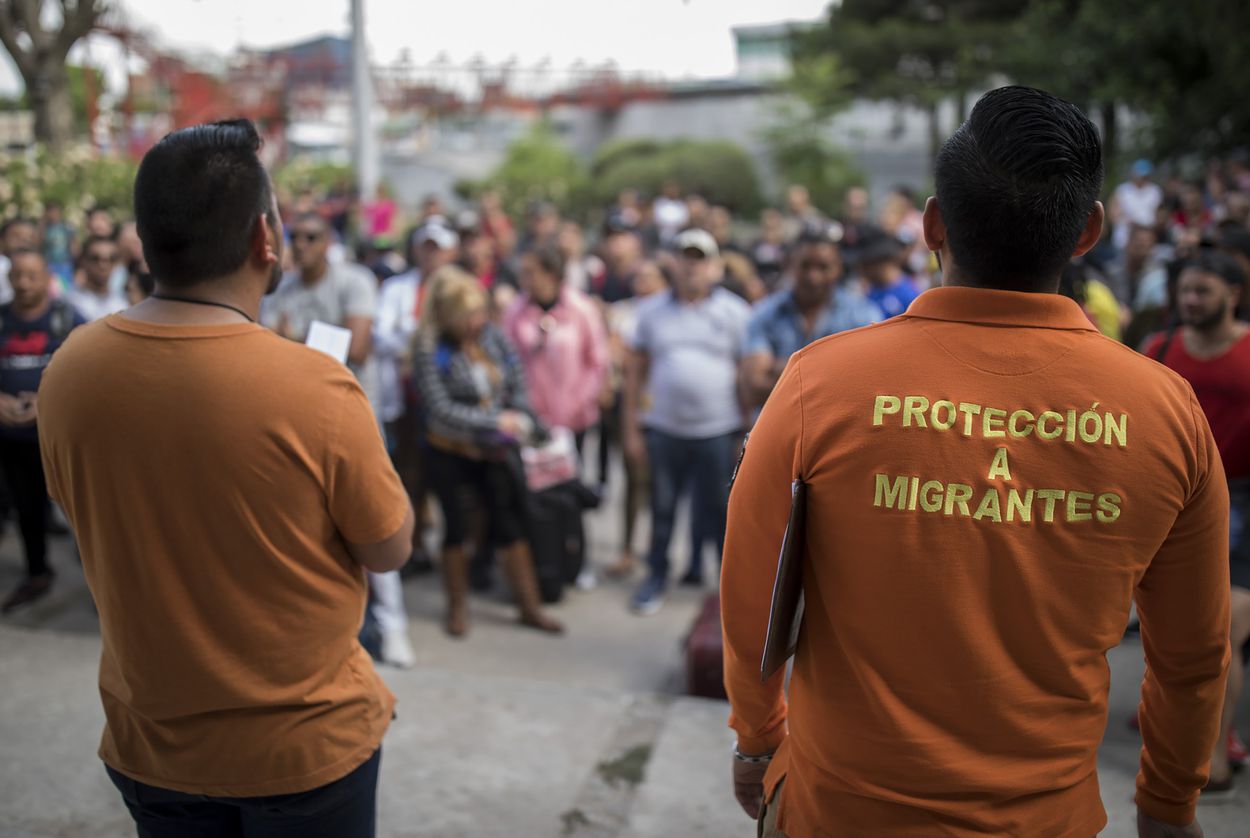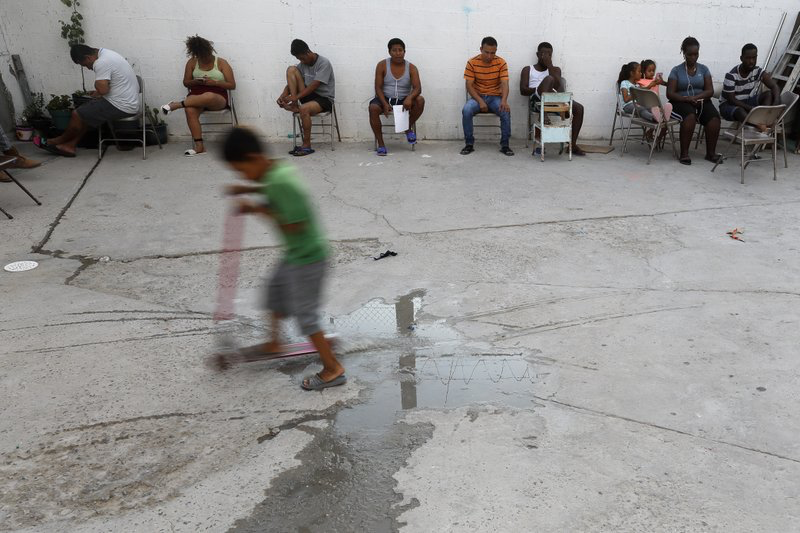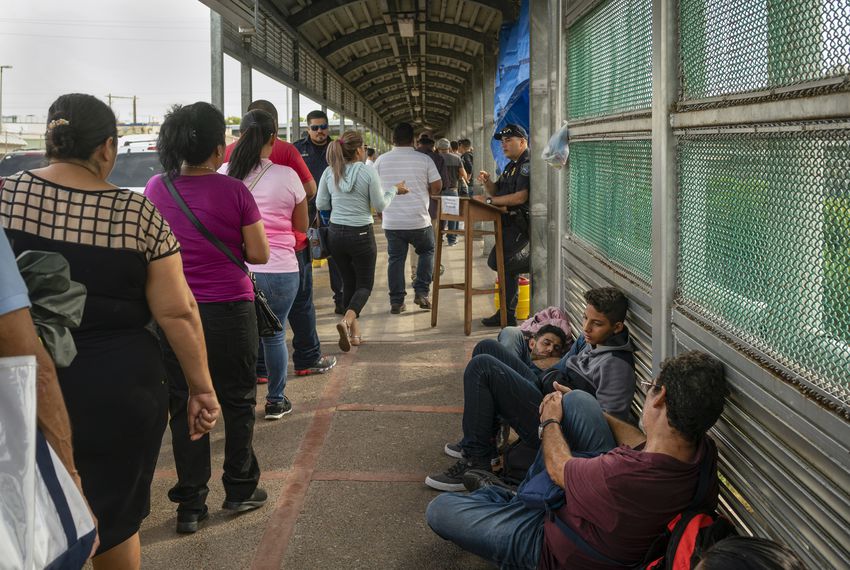
CIUDAD JUÁREZ, Mexico — It's been more than three months since Carmen arrived in this border city to wait for her chance to seek asylum in the United States.
But since that second week of May, her hopes of applying for protection have been dashed, then resurrected, then dashed again. The latest mental whiplash came last week, after a federal appeals court in California ruled that asylum-seeking migrants who cross into Texas or New Mexico can be barred from receiving asylum protection if they didn't comply with a new Trump administration policy announced last month that requires migrants to apply for asylum in the first available nation they enter.
East Bay Sanctuary Covenant, Al Otro Lado, Innovation Law Lab and the Central American Resource Center took the administration to court, and a federal district judge in San Francisco initially halted the measure, but appellate judges later ruled the lower court was wrong in granting a nationwide injunction and only let it stand in California and Arizona.
While the two sides battled in court, Carmen, who left Cuba last spring, said she chose to wait in line in Ciudad Juárez — where she's been able to rent a room in a small house near the border thanks to money she receives from her son — instead of crossing the Rio Grande illegally because she wanted to "do things the right way."
Carmen, who asked to be identified only by her first name to avoid jeopardizing her case, still has weeks to wait until her number is called. Under the Trump administration's metering system, which only allows small numbers of migrants at a time to cross border ports of entry and claim asylum, she still has to wait out thousands of migrants who arrived before her.
"Tomorrow it could be a different story, tomorrow they could say that everyone [already here] has to apply for asylum only in Mexico," she said.
She said the appeals court's decision shouldn't apply to her since she made her way to the border before the Trump administration changed the rules. But she said other Cubans have already traveled west to attempt claiming asylum at the border at Arizona or California, where the new rule doesn't apply because those states fall under a different appellate court's jurisdiction.
"One friend called me and said he was detained" somewhere along the way by Mexican authorities, Carmen said. "Now they want to deport him." She hasn't heard from the others.
Leidy Perez-Davis, policy counsel for the American Immigration Lawyers Association, said the split ruling and the confusion it has caused isn't surprising given the Trump administration's track record on immigration policies.
"It goes back to all of the chaos that has been created by this administration on the border, and all of these policies have been implemented in different ways all across the border region."
Attorneys with the American Civil Liberties Project have filed supplemental briefs with the lower California court arguing that policy should be halted in New Mexico and Texas as well.
In a filing dated Monday, the ACLU lawyers said it doesn't make sense to halt the Trump policy in two border states but allow it in two others since the asylum system is so decentralized.
"For instance, an asylum seeker may enter the U.S. through Texas, have a credible fear interview in New Jersey, and ultimately apply for asylum in California," the filing states.
Even if people like Carmen decide to take a chance and travel west toward the Arizona or California borders with Mexico, they could still end up in Texas or New Mexico after applying for asylum and be denied based on the new rule, said Eduardo Beckett, an El Paso-based immigration attorney.
"Even if some people go through California or Arizona, in my experience, [Immigration and Customs Enforcement] on purpose sends people to Texas," he said. "I've seen many, many cases where people come in through Tijuana and they have nothing to do with Texas, no family here no roots. Nothing."

Education Resource
Meet the Journalists: Tim Sullivan & Cedar Attanasio
For the first time since World War II, the U.S. government is turning away thousands of asylum...







